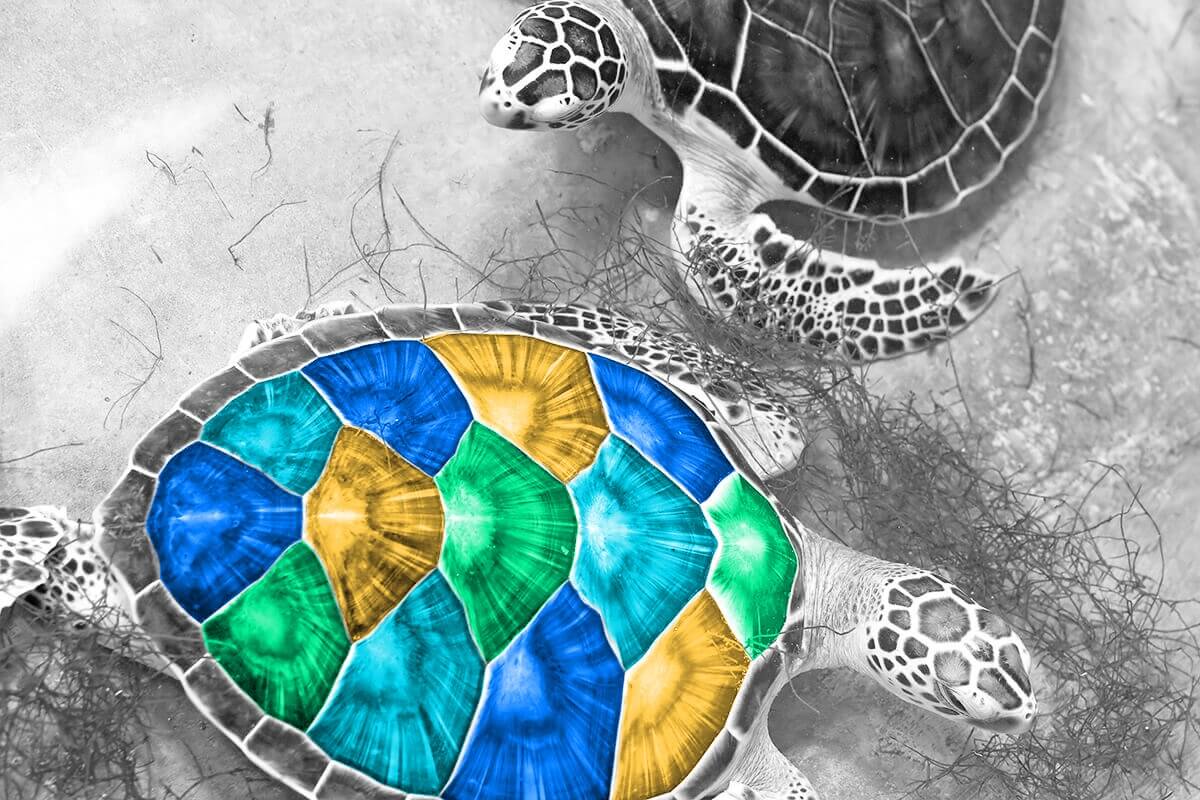
The world's only egg-laying mammals live in Australia and New Guinea.
There are around 6,500 currently recognized species of mammals, and all but five of them give birth to live young. The five exceptions, known as monotremes, are found exclusively in Australia and New Guinea. The platypus is the best-known of these, while four living species of echidna round out the list: short-beaked, western long-beaked, eastern long-beaked, and Sir David’s. Monotremes live fairly typical mammalian lives once they’ve hatched, including being nursed by their mothers’ milk.
Australia is well known for its biodiversity — more than 80% of its plants and mammals are exclusive to the continent, including such Aussie icons as kangaroos and koalas — whereas New Guinea’s is more of a secret. The Pacific island, whose western half is part of Indonesia and whose eastern half is the independent country of Papua New Guinea, has the most plant diversity of any island in the world. It’s home to at least 13,500 plant species, with researchers estimating that another 4,000 could be discovered in the next half-century. Even more incredibly, New Guinea is estimated to contain 5–10% of all species on the planet — not bad for an island that takes up less than 0.5% of the Earth’s surface.
When we think of poisonous and/or venomous creatures, a few classics come to mind: black widow spiders, rattlesnakes, and scorpions, perhaps. Birds are generally considered nontoxic, but one exception is the hooded pitohui, which is found only in New Guinea. Small and elegant, it’s distinguished by its orange and black feathers — which, though beautiful, contain a neurotoxin known as homobatrachotoxin (also found in Colombian golden poison frogs). Homobatrachotoxin has been described as “one of the most toxic natural substances known to science” on a gram-for-gram level, which is to say that you wouldn’t want to get anywhere near it; even touching the feathers can cause numbness. Hooded pitohuis (and other pitohui species) were the first toxic birds identified by science, around 1989, but a small handful of others have since been documented.

